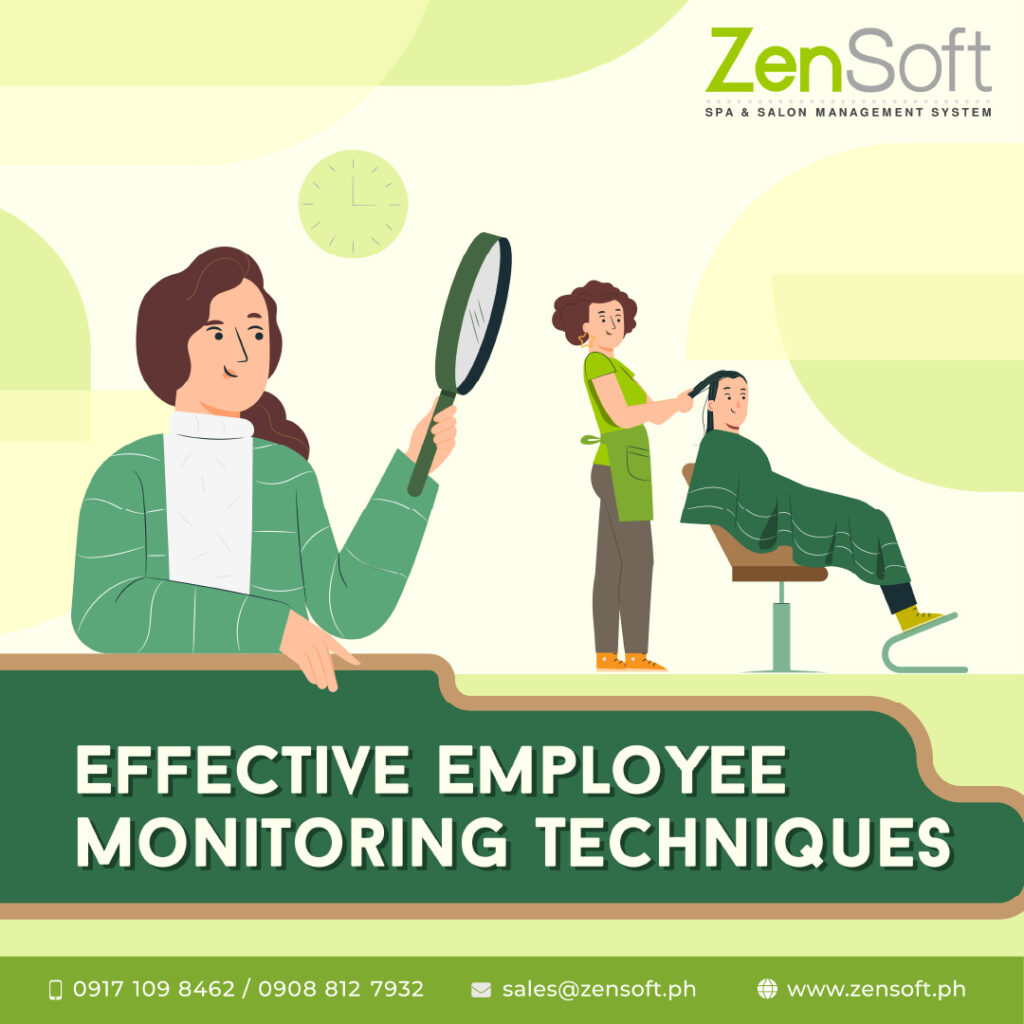Introduction:
Employee success in the spa and salon industry is directly impacted by key factors such as performance. Traditional employee tracking techniques, however, often fail to prepare for the implications of this dynamic business. In recognition of the fact that performance is not just determined by the number of hours worked but also by how it affects daily sales and customer satisfaction, this article provides information on efficient employee monitoring techniques designed specifically for spa and salon businesses.
Performance-Oriented Monitoring:
Change the priority to performance-oriented monitoring rather than just concentrating on clock-in and clock-out times. Keep track of how much each employee contributes to daily sales, customer satisfaction, and overall company expansion. This strategy promotes a results-driven mindset and links employee objectives to the achievement of company objectives.
Real-time Sales Tracking:
Give your team the resources they need to keep an eye on their sales efforts in real time. Access to sales data throughout the day gives staff members the freedom to decide for themselves and change their tactics as necessary to maximize results.
Target Setting and Measurement:
Establish daily sales goals that each employee can meet. This offers a specific objective to work toward and enables quantifiable performance evaluation. Review and share progress toward these goals on a regular basis to promote improvement and responsibility.
Comprehensive Reporting:
Implement thorough reporting systems that incorporate sales data and employee schedules. This provides a comprehensive view of each employee’s contribution, assisting with fair compensation and accurate performance evaluation.
Performance Incentives:
Introduce incentives based on performance that go beyond simple commissions. Encourage staff to continually give their best effort by rewarding excellent sales achievements.
Regular Feedback and Coaching:
Discussions on performance can be appropriately had during routine feedback sessions. During these times, give advice, acknowledge accomplishments, and point out areas that need work. Enhancing staff abilities and morale through coaching.
Customer Satisfaction Metrics:
One of the most important indicators of performance for service-oriented businesses is customer satisfaction. To assess the total effect of employees’ efforts on the customer experience, use customer feedback. Initiatives for improvement and training can be guided by this input.
Flexibility in Working Hours:
Both staff members and customers value flexibility in the spa and salon sector. Flexibility in working hours is acceptable as long as performance goals are satisfied. This strategy encourages work-life balance while accommodating various work styles.
Conclusion:
Effective employee supervision in the spa and salon industry goes beyond simple timekeeping. Spa and salon owners can develop a workforce that is motivated, engaged, and committed to the company’s objectives by reorienting the focus toward performance, real-time sales tracking, and thorough reporting. Adopting cutting-edge monitoring techniques will help create a successful, customer-oriented business while also improving operational efficiency as the sector develops.


